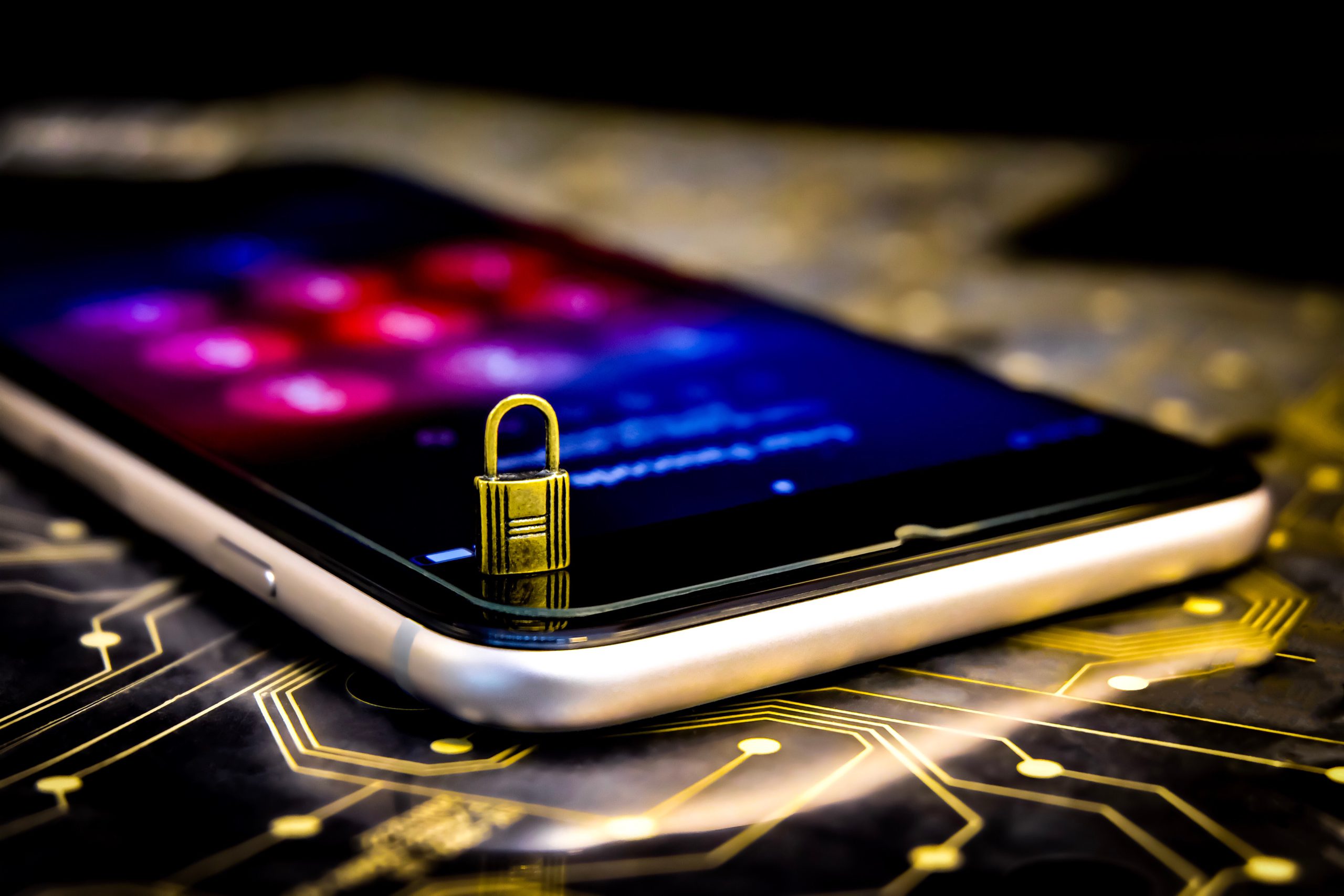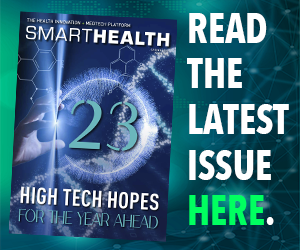Did AI fail to live up to its potential during the pandemic? This is what economist Bhaskar Chakravorti thinks, the dean of global business at
the Fletcher School. And not just him. A study in Nature Machine Intelligence by a team at Cambridge looked at 400 tools applying
deep learning to diagnose coronavirus from chest x-rays and CT scan data, and found them entirely unusable. So what went wrong?
Bad data was a big part of the story. Plucking data from records produced by different institutional systems and separate siloes produced
large but poor quality data, and ultimately, models that were unreliable and untrustworthy. Algorithms are only as good as the datasets that train them.
So the big lesson out of Covid is we need better, more trustworthy big data. And Covid has created a momentum to build better datasets, like letting legitimate medical researchers more often receive access to routinely collected health data involving a clinical trial’s participants, says Dr Victoria Yorke-Edwards, research fellow in trial conduct methodology at University College London. “Covid is the game changer,” she says.
If we can manage to assemble more reliable big datasets in health, it will be “amazing, for so many reasons,” says Jacky Fox, Managing Director of security at Accenture in Ireland. For one, using big data and AI to guide health care means “from early diagnosis and predictive diagnosis, to making hospitals more efficient, from bed management, staffing, when and how it gets cleaned from automated robots, all that is going to be improved amazingly by the use of big data in health,” she says. But more data also means more cyber risks.
Health data is the most valuable data you can buy or sell on the dark web. “Credit cards are worth a bit of money but health care is the most valuable, it’s most personal to somebody and great leverage if you want to go after somebody,” says Fox.
Meanwhile, medical organisations are also particularly prone to ransomware, “both because of the high value of medical data, and because medical care requires a degree of trust,” says Dr Mike Lloyd, chief technology officer of RedSeal Network. The May 2021 ransomware hacking attack on the Health Service Executive’s computer systems cost the service €100 million, and hackers were in the systems – which were woefully unprotected, with next to no cybersecurity detection or monitoring in place – for eight weeks before
they initiated the attacks. And “we’re seeing a lot of wiper software deliberately destroying systems,” says Fox. “Sometimes this isn’t even meant to target a health care system, but sometimes you set off a worm and let it go and mightn’t have realised where it was going to land,” she says. At the end of the day, she adds, “every organisation has a finite budget, and it is very hard in health protection to go, well, are we going to provide extra medication to an extra 1,000 people, or will we protect this data?”
In the world of medical devices, “often people look at security quite late in the development life cycle, and often they may have made a design flaw that’s near impossible to fix in the go to market phase,” she says.
So the lessons of Covid show the health care sector has its work cut out for it, both in producing better big data to guide health care decisions. And also to pull up its socks in cybersecurity against the risks that go along with having all that data. With big powerful data comes big cyber responsibility, to coin a phrase.






